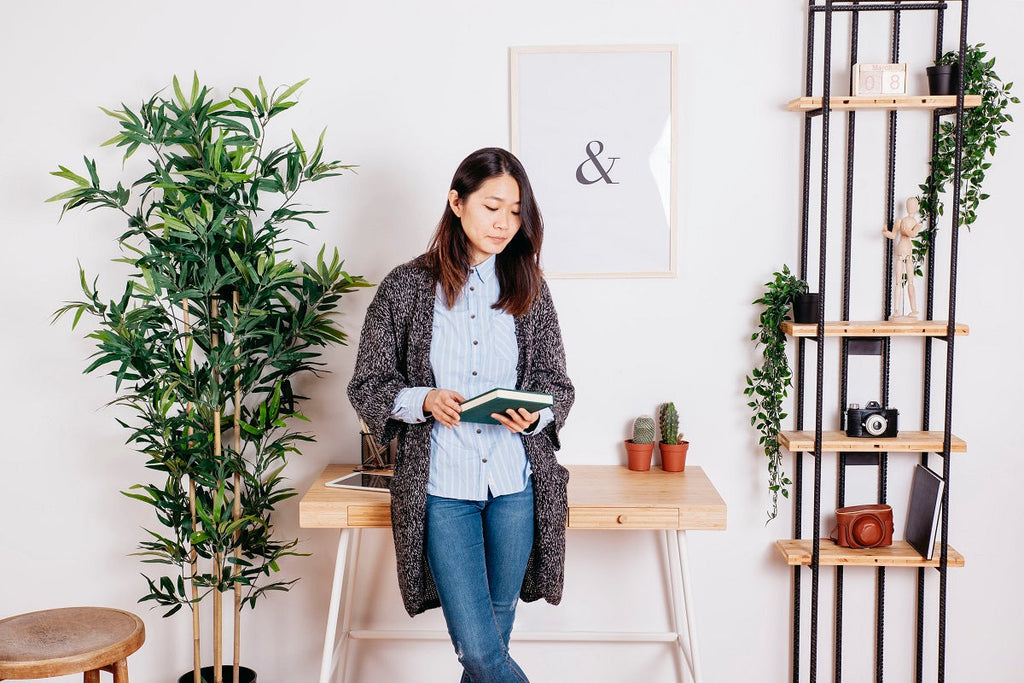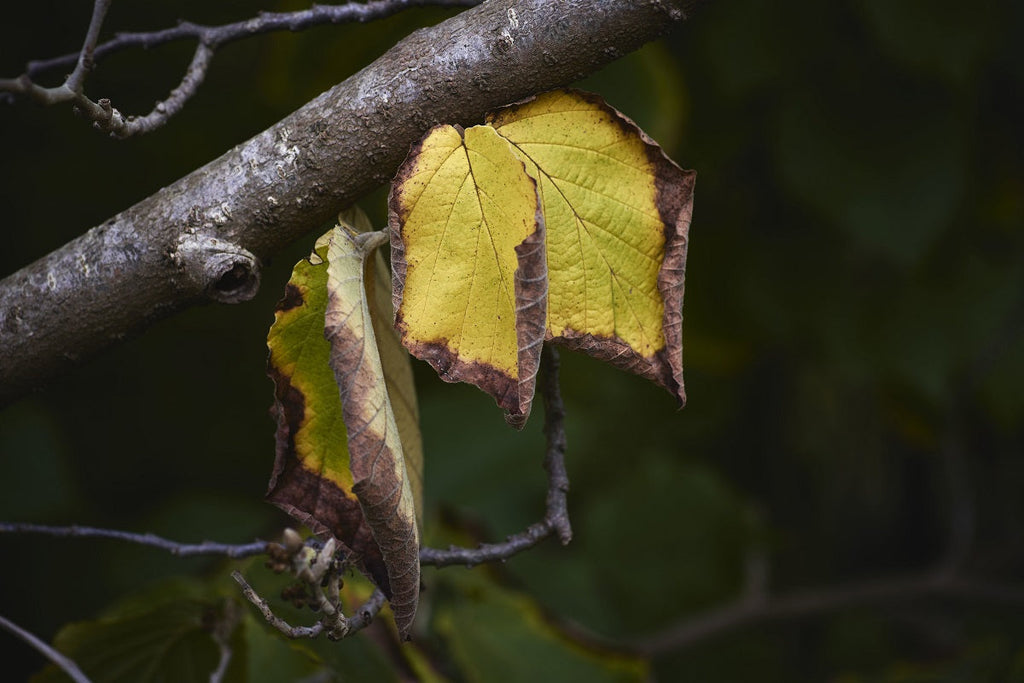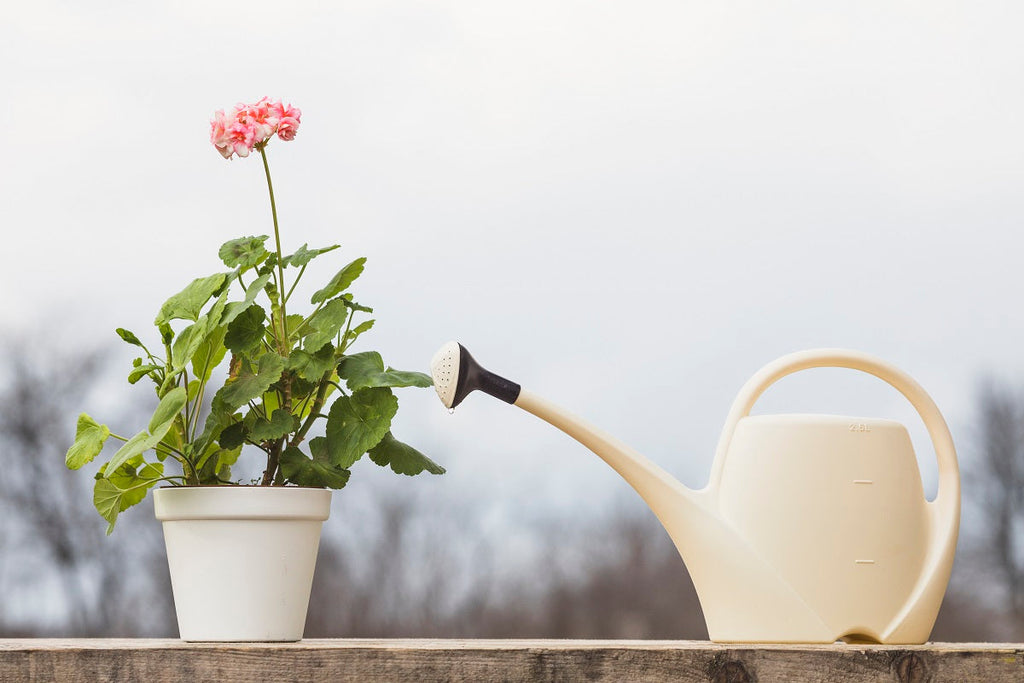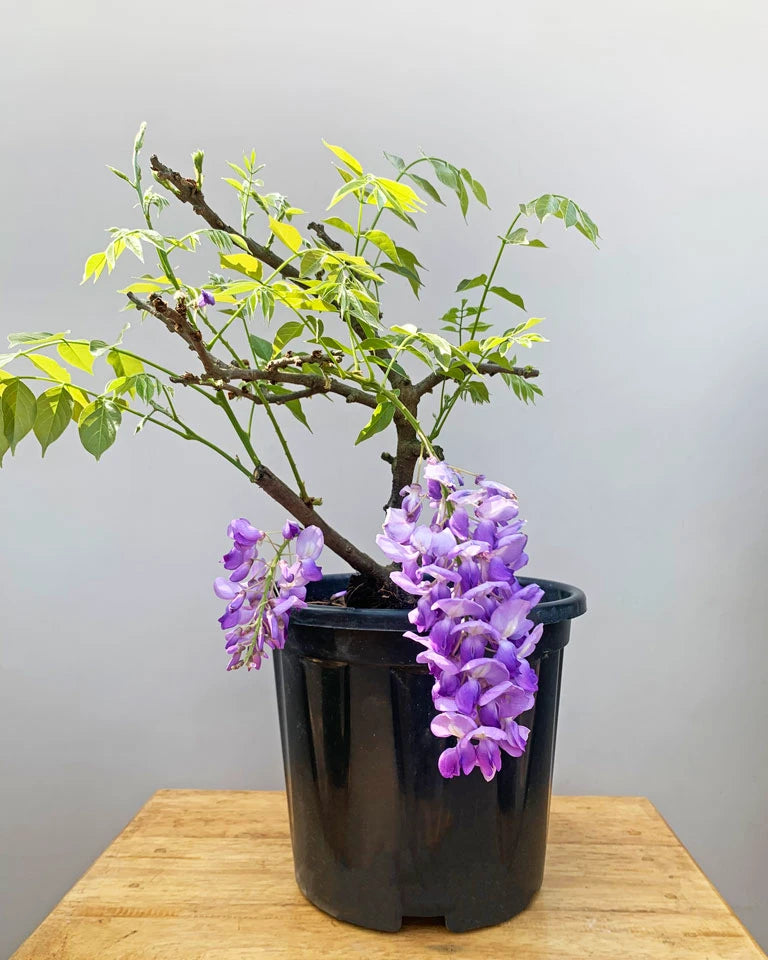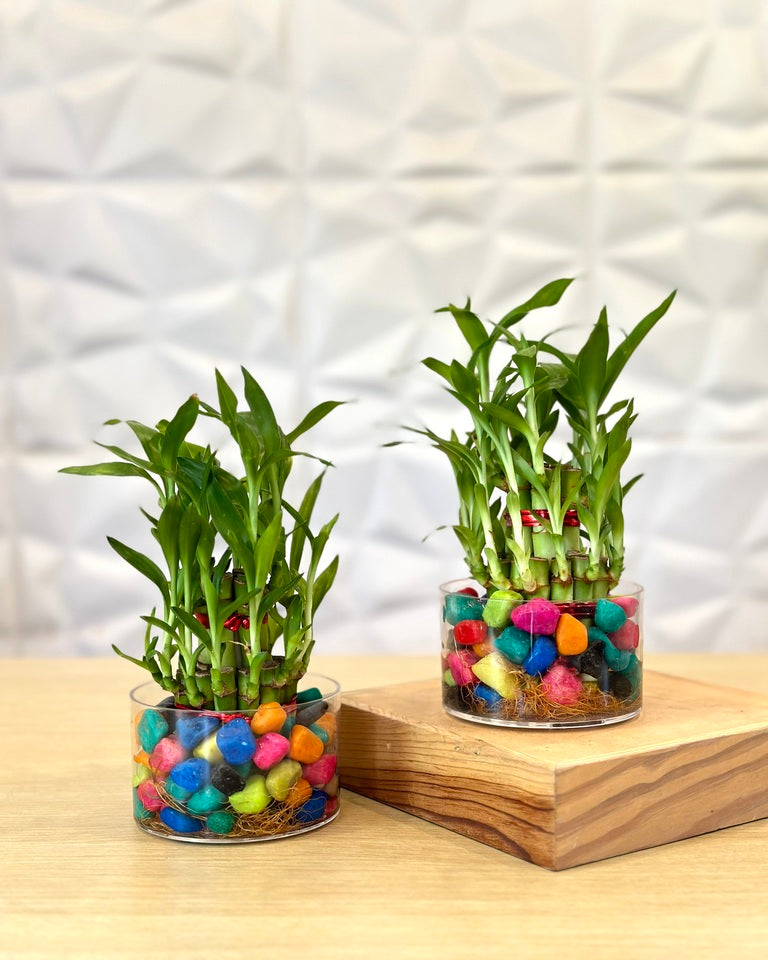
The Ultimate Guide to Making Your Potting Mix for Plants

If you’ve ever looked at your drooping indoor plants and thought, “Why aren’t you happy?” — chances are, the problem isn’t sunlight or water. It’s the soil.
That’s right — the secret sauce to lush leaves, blooming flowers, and strong roots is all in the soil mixture. And guess what? You don’t need fancy tools or expensive pre-made potting mixes to give your green friends what they need. You can DIY your way to the perfect soil mixture for indoor plants, succulents, herbs, flowering beauties, and outdoor greenery.
Let’s dig in (literally) and learn how to make soil mix at home for every plant type!
Why Is Soil Mixture So Important for Plant Growth?
Soil isn’t just dirt. It’s a dynamic ecosystem that controls how much water, air, and nutrients your plant gets. A poor soil mix can mean soggy roots, lack of nutrients, poor growth, or worse, root rot. The perfect soil mix helps balance:
-
Drainage: So roots don’t drown.
-
Aeration: So roots can breathe.
-
Nutrients: To feed the plant.
-
Moisture retention: For consistent hydration.
Different plants need different balances. That’s why we’re breaking down how to create custom mixes for every plant type you’ve got at home.

Soil Mixture for Indoor Plants
Indoor plants like pothos, monstera, philodendrons, and snake plants thrive in a soil mix that holds moisture, but not too much. You want a fluffy, airy texture that supports healthy root growth and avoids compacting.
Indoor Plant Soil Mix Recipe
-
2 parts cocopeat or peat moss (moisture retention)
-
1 part perlite or vermiculite (aeration & drainage)
-
1 part organic compost (nutrients)
Bonus tip: Add a handful of neem cake powder or cinnamon powder to prevent fungus gnats and soil-borne pests.
Pro use: Ideal for plants like fiddle leaf fig, peace lily, spider plant, and calathea.
Soil Mixture for Succulents
Succulents hate wet feet. These desert-loving plants crave fast-draining, sandy soil that mimics their native environment.

Succulent Soil Mix Recipe
-
2 parts coarse sand or crushed granite
-
2 parts perlite or pumice
-
1 part cactus potting soil or basic garden soil
Avoid: Compost or cocopeat — they retain too much water.
Pro use: Great for jade plant, echeveria, aloe vera, and haworthia.
Soil Mixture for Flowering Plants
Whether it’s roses on your balcony or hibiscus in your backyard, flowering plants are heavy feeders. They need a nutrient-rich soil that drains well but keeps roots moist enough to support buds and blooms.

Flowering Plant Soil Mix Recipe
-
2 parts garden soil or basic potting mix
-
1 part vermicompost or organic compost (fertility)
-
1 part cocopeat (moisture retention)
-
1 part perlite (air circulation)
Add-on: A tablespoon of bone meal or seaweed powder can boost flowering naturally.
Pro use: Marigold, rose, hibiscus, zinnia, petunia, and other blooming plants.
Soil Mixture for Herbs and Edibles
Edibles like basil, mint, tomato, and coriander need rich, balanced soil to support leafy growth and yield. They love moisture, but not sogginess.

Herb Soil Mix Recipe
-
2 parts loamy garden soil
-
1 part well-rotted compost or cow dung manure
-
1 part cocopeat (to regulate moisture)
-
1 part sand (to avoid waterlogging)
Organic boost: Mix in some wood ash or banana peel powder to add potassium and phosphorus.
Pro use: Basil, spinach, coriander, mint, chillies, and tomatoes.
Soil Mixture for Outdoor Plants
Outdoor plants, especially those in containers or terrace gardens, need a mix that can handle weather changes, hold nutrients, and stay well-drained.

Outdoor Plant Soil Mix Recipe
-
3 parts red soil or garden soil
-
1 part sand (drainage)
-
1 part compost or cow dung (nutrition)
-
1 part leaf mold or cocopeat (texture & moisture)
Add-on: Crushed eggshells or wood ash can add calcium and phosphorus.
Pro use: Shrubs, ornamental foliage, climbers, and potted fruit trees.
Soil Mixtures to Avoid in Summer, Winter & Monsoon (Indoor & Outdoor)
Summer Soil Tips
Indoor Plants
-
Avoid heavy soil that holds too much moisture—this can lead to root rot in the heat.
-
Skip too much compost or manure, as it can heat up the soil.
-
Use light, well-draining mixes with cocopeat and perlite to keep roots cool.
Outdoor Plants
-
Avoid black plastic pots that heat up the soil.
-
Stay away from thick, clay-heavy mixes—roots can cook in the sun!
-
Use sandy, fast-draining soil and mulch on top to reduce water evaporation.
Winter Soil Tips
Indoor Plants
-
Avoid overly dry mixes—heaters and cold air reduce humidity, so roots dry out faster.
-
Don’t use only cocopeat or sand—add some moisture-retaining elements like vermicompost or loamy soil.
-
Skip watering too often—roots take longer to absorb moisture in the cold.
Outdoor Plants
-
Avoid soggy soil—rain and fog can make things worse.
-
Do not use too much organic material as it decomposes slower in winter.
-
Go for well-balanced mixes with compost, garden soil, and a bit of sand.
Monsoon Soil Tips
Indoor Plants
-
Avoid soil that stays wet for long—overwatering + humidity = fungal infections.
-
Don’t use plain garden soil—it compacts and holds water.
-
Mix perlite or pumice to improve drainage and airflow.
Outdoor Plants
-
Avoid fully organic-rich soil—it retains water and causes rot.
-
Skip plastic trays under pots—they collect rainwater.
-
Use raised beds or mound the soil to prevent waterlogging, and add sand or brick pieces to improve drainage.
FAQs
1. Can I use garden soil directly for my plants?
Not recommended. Garden soil is too compact and often carries pests. Always mix it with compost, perlite, or cocopeat for a better texture.
2. How often should I change the soil in pots?
Repot with fresh soil every 12–18 months, or top-dress with compost every 6 months.
3. What’s the difference between potting soil and garden soil?
Potting soil is light and made for pots. Garden soil is heavy and best for outdoor ground use.
4. Can I reuse old potting soil?
Yes, after refreshing it! Remove old roots, mix in compost and perlite, and sterilise it before reusing.
Final Thoughts
Creating your soil mix at home is not just budget-friendly — it’s the ultimate way to give your plants the custom care they deserve. Whether it’s the perfect soil mixture for succulents, a rich soil mixture for flowering plants, or a balanced soil mixture for herbs and edibles, you can mix it just right.
And remember — healthy soil = happy plants = thriving plant parent vibes!
So grab your gloves and start mixing. Your plants will thank you.





